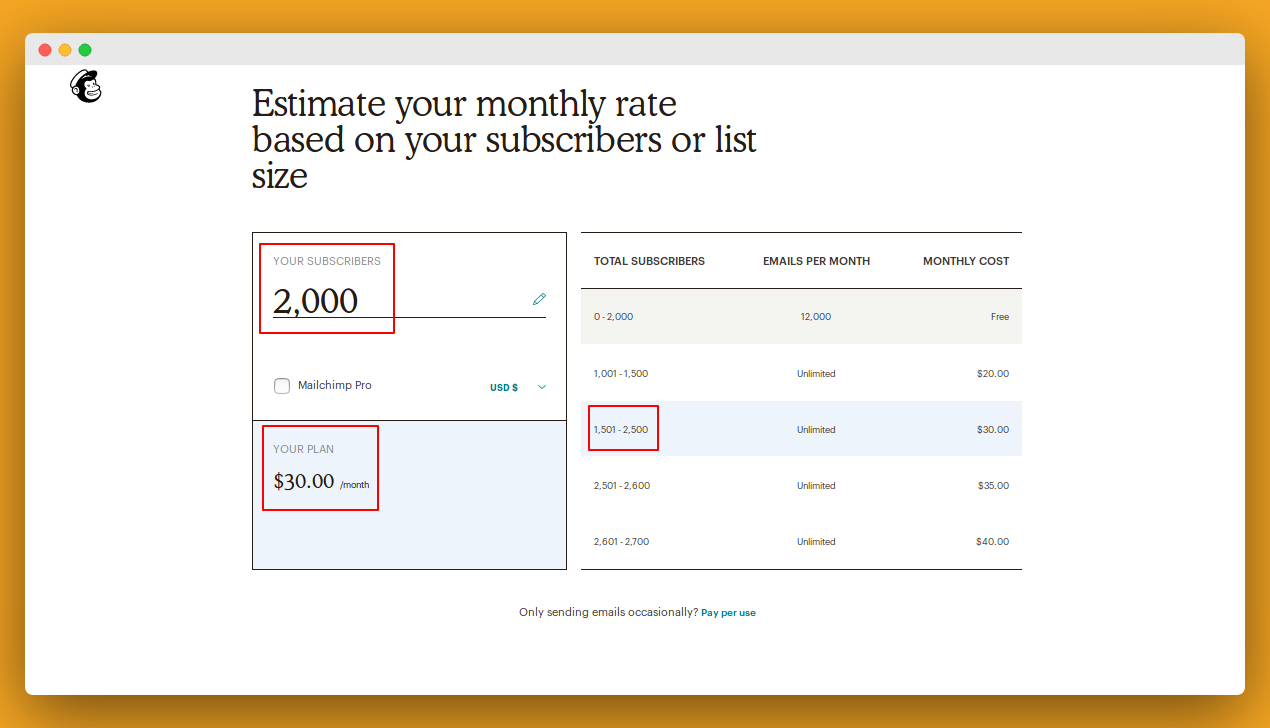
For example, if you’re specializing in back-to-school sales, it wouldn’t be unusual for people to only engage with your emails in the lead up to the new school year. Exactly what constitutes a disengaged subscriber will vary depending on your store’s nature. The first step to cleaning your email list is removing people who are no longer engaging with your emails.

General Cleaning & Dealing with Lowering Open and Click Through Rates When it comes to cleaning your email list, there are some general principles and methods to follow and some more specific things to do in more unique situations. The most serious red flag, if your complaint rate is rising, then you might have a problem with people inadvertently joining up to your email list. Typically this can indicate that you’re sending emails too frequently. This is because they are actively saying that they do not want to receive any emails from you or your store again. Having people unsubscribe rather than simply ignoring your emails is generally a bigger red flag. Occasionally bounces will occur as because of misspellings in email addresses. Reasons can include there being no inbox to send the email to, the subscriber’s inbox being full, and even the subscriber having block your emails. Increasing bounce rateīounces are when an email fails to deliver to a person’s inbox due to a technical error. It’s not uncommon for the odd email campaign to miss the mark or for engagement to drop off during certain times of the year depending on your industry. To be sure that they are declining, you’ll want to ensure that there’s a consistent and reliable trend occurring. Often this is because people are beginning to lose interest in your emails and are ignoring them in their inboxes. The first red flag is if you begin noticing your open and/or click through rates falling. These red flags include: Declining open and click rates There are however several red flags indicate your list should be cleaned sooner rather than later. When to clean your email listīest practice is to make email list cleaning a regular part of your marketing efforts. The larger your email list, the more likely this becomes too. The longer you put off cleaning your list, the greater the chance of a once active address being swooped up as a spam trap is. These are collected from once active addresses that have not been used in a very long time. When an email is sent to one of these addresses, the sender is flagged as a spammer.įraud management firms employ several tactics to generate these addresses, the method of concern for email marketers however is the use of recycled email addresses. These addresses no longer belong to a real person and so the thinking is that nobody should be sending emails to them. These are merely email addresses that are used by firms involved in fraud management in an attempt to catch email spammers. Because of this, you’ll want to ensure that everyone on your list is worthwhile being there to begin with.Īnother key reason to keep your email list up to date is because of email spam traps.

Each additional address on your list is potentially then adding to your costs. This is because the vast majority of ESPs (email service providers) charge based on the size of your email list. In addition to potentially hurting your conversion rate, not regularly cleaning your email list is likely to result in you paying more for your email marketing than you should be.

This means that by removing these bad addresses from your list, you can potentially increase the odds of your emails landing in the inboxes of those who want to receive them, making it likelier that they’ll convert. This can have flow on effects on your deliverability too. This is firstly reflected in poor open and click through rates (CTR). There are a number of consequences for you to consider as the number of bad addresses on your list builds. The consequences of poor email list hygiene


 0 kommentar(er)
0 kommentar(er)
